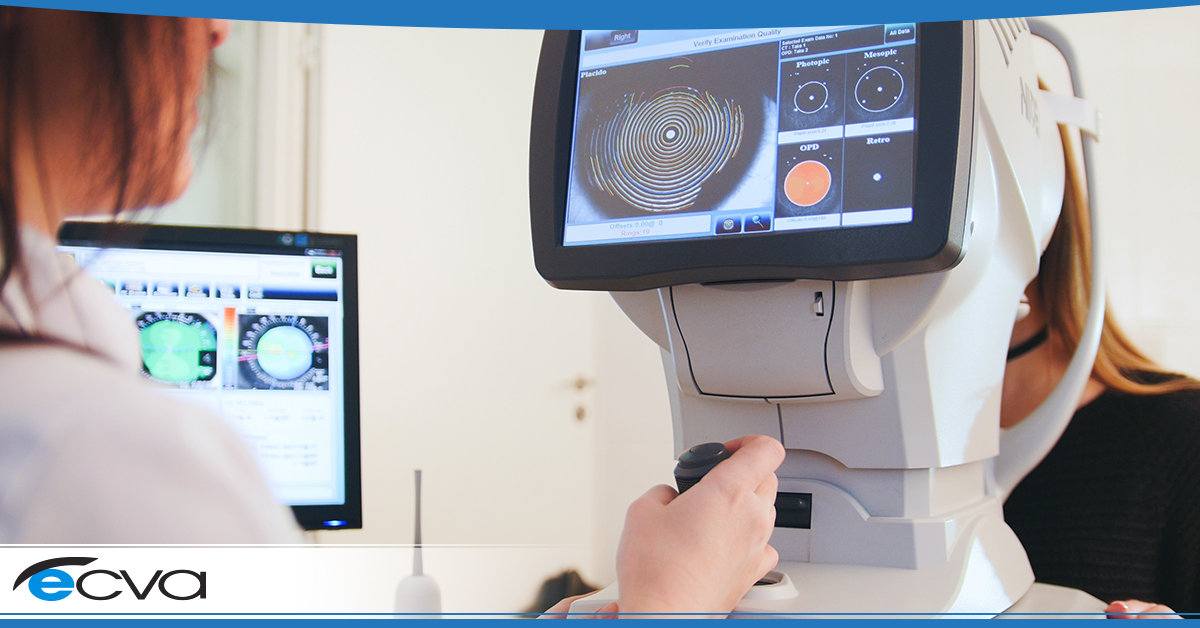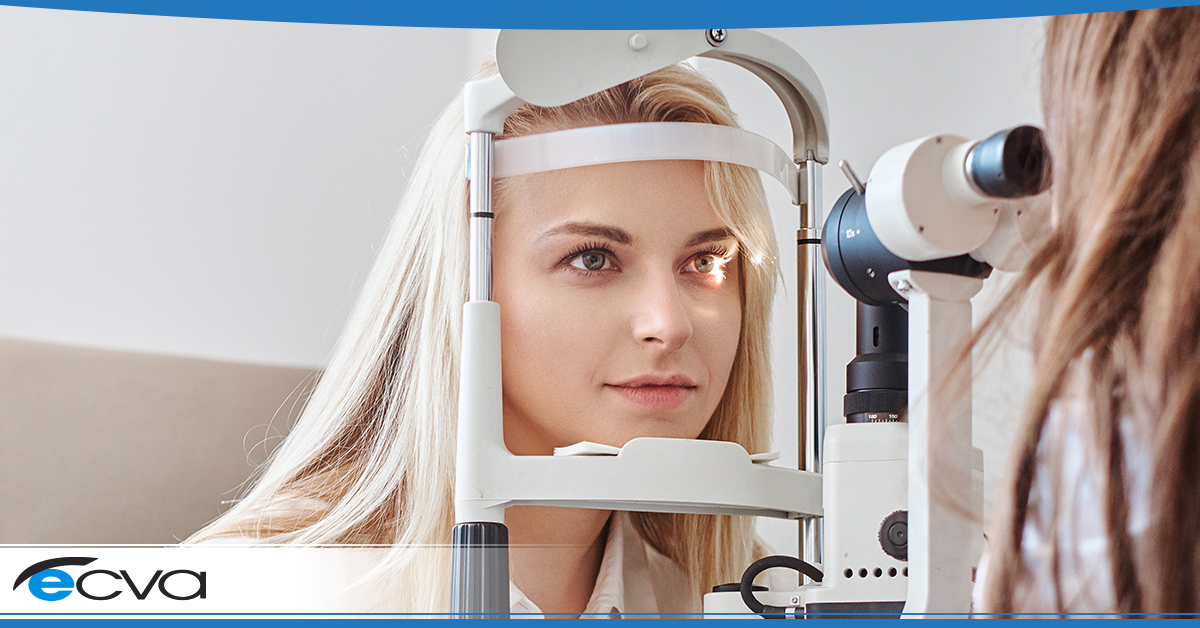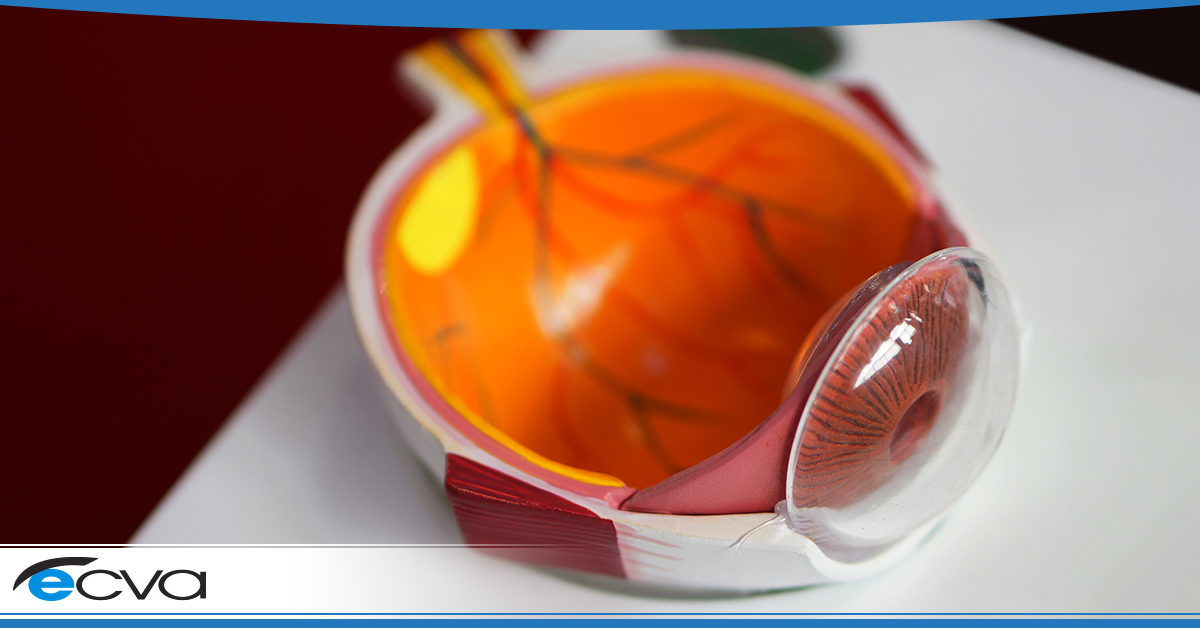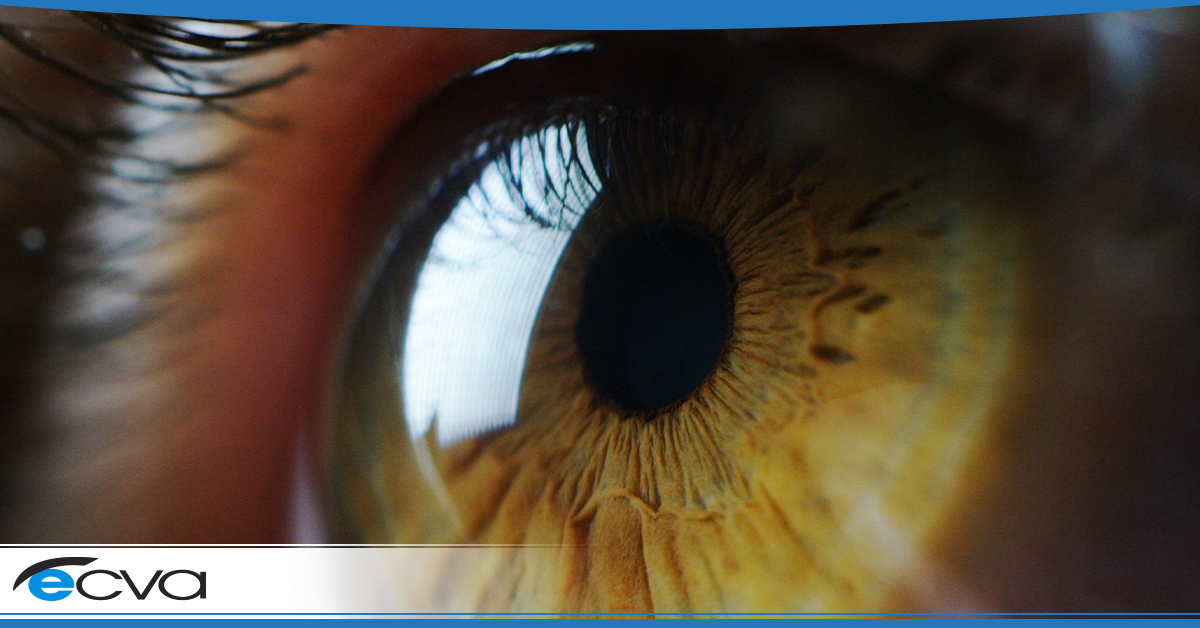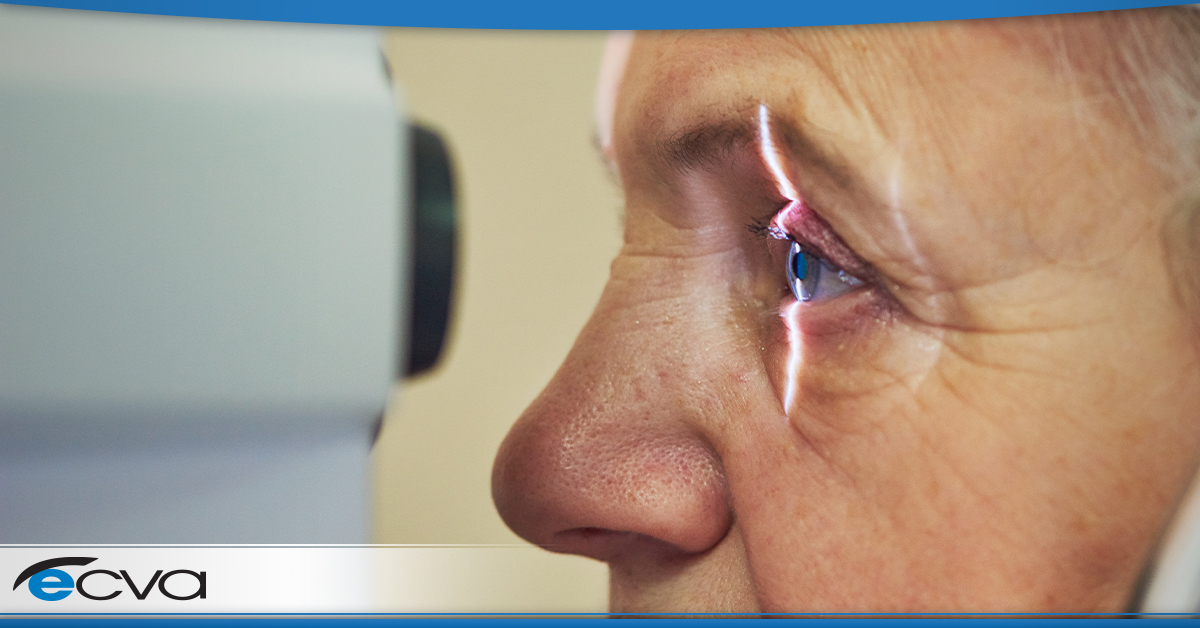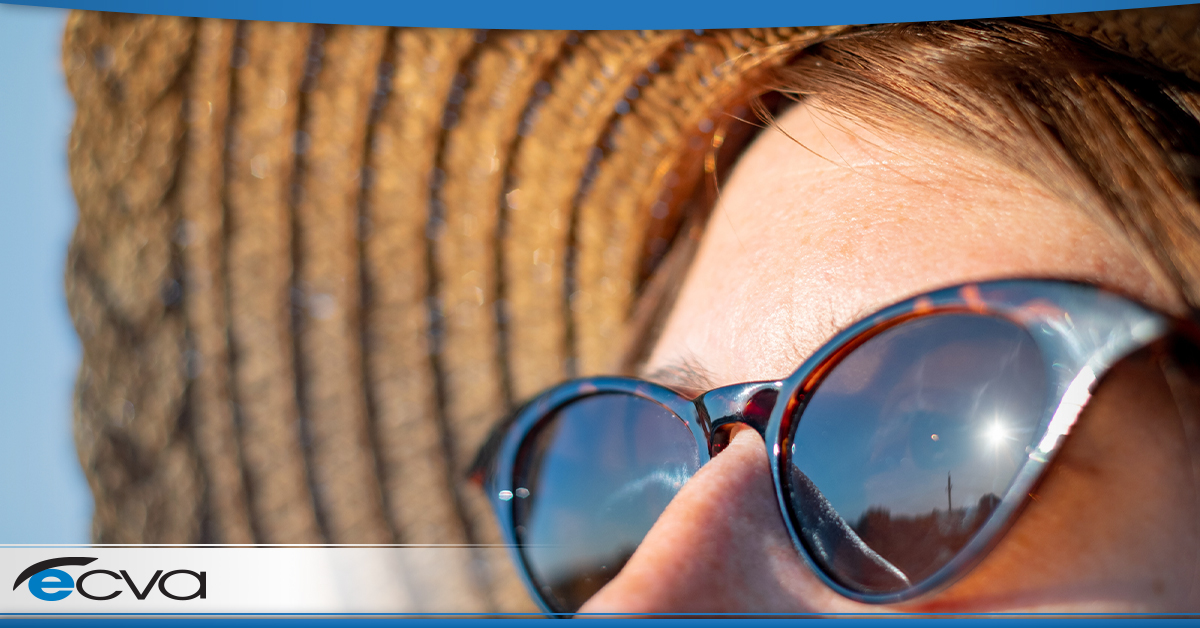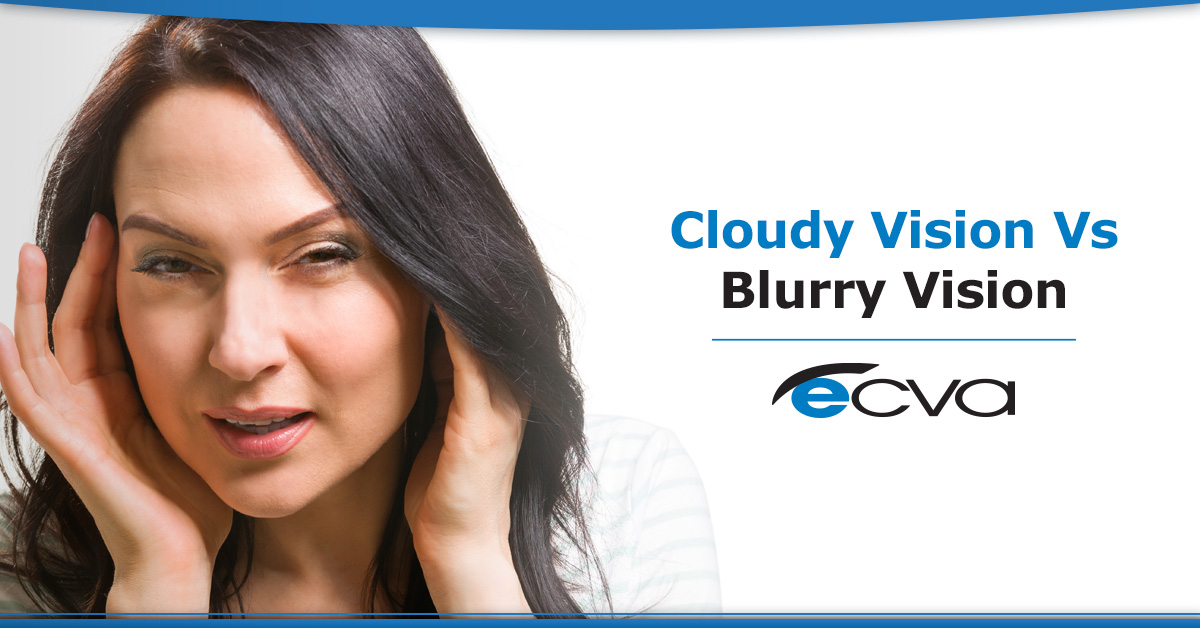There are numerous types of vision acuity changes, each with its own signs and symptoms. Some are simply differences in severity, while others cause losses in different areas. If you are wondering about the types of low vision, here’s a look at the most common kinds.
Central Vision Loss
With central vision loss, a person usually has a blurry section or blind spot in the middle of their visual field. However, the vision issue doesn’t extend to their peripheral (side) vision.
Often, a person with central vision loss has difficulties reading. They may struggle with recognizing faces, as well as identifying details at a distance.
In most cases, central vision loss has a limited impact (if any) on mobility. The remaining peripheral vision gives the person enough to generally move about safely.
Peripheral Vision Loss
Essentially a counter to central vision loss, with peripheral vision loss, the blurriness or blind spots can be on one or both sides, above, below, or all around the central portion of the visual area. Usually, the person can see directly ahead, creating a form of tunnel vision.
Reading, identifying people’s faces, and even seeing at a distance may be manageable with peripheral vision loss. However, mobility may be impacted if the peripheral vision loss is severe. Additionally, in serious cases, reading speed may be slowed, as only a couple of words may be visible at a given time.
Blurred Vision
With blurred vision, a person’s entire visual field is affected. Everything may appear to be out of focus, regardless of whether an object is close or far away. The issue also remains even with corrective lenses.
However, the field of view isn’t necessarily cloudy. Colors can remain clean and crisp, even as the objects seem to be out of focus. For example, a healthy grass lawn may appear vibrantly green, but the blades of grass can’t be separately identified.
Generalized Hazy Vision
At times referred to as cloudy vision, generalized hazy vision also impacts the entire visual field. It’s not unlike trying to see through glare or a film, or as if a fog has come to rest permanently in front of the person’s eyes.
Light Sensitivity
In extreme cases, light sensitivity significantly alters a person’s vision. It occurs when normal lighting conditions seemingly overwhelm the person’s eyes, causing images to appear washed out. At times, light sensitivity can be accompanied by physical discomfort or pain even when the area’s lighting is considered a normal level.
Night Blindness
With night blindness, a person can’t see in dimly lit spaces, such as movie theatres or outside at night. Starlight and moonlight are usually insufficient. Even vehicle headlights may not provide enough illumination for them to drive safely.
Ultimately, if you are struggling with low vision, scheduling an appointment with your eye doctor is essential. The ECVA team will work diligently to determine the cause of your low vision, ensuring proper steps can be taken to ensure your eyes’ health and preserve or restore your vision when possible. Schedule an appointment at your closest ECVA clinic today.



